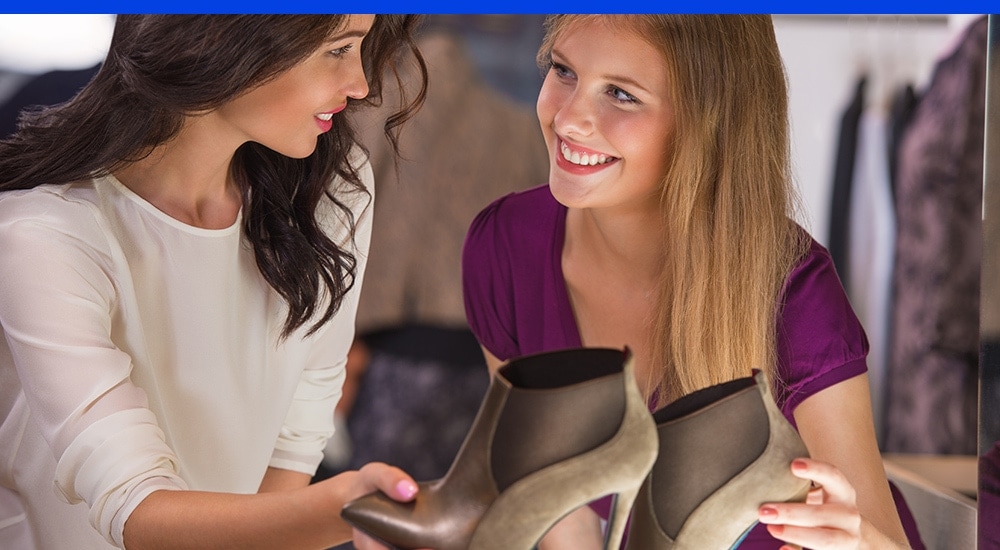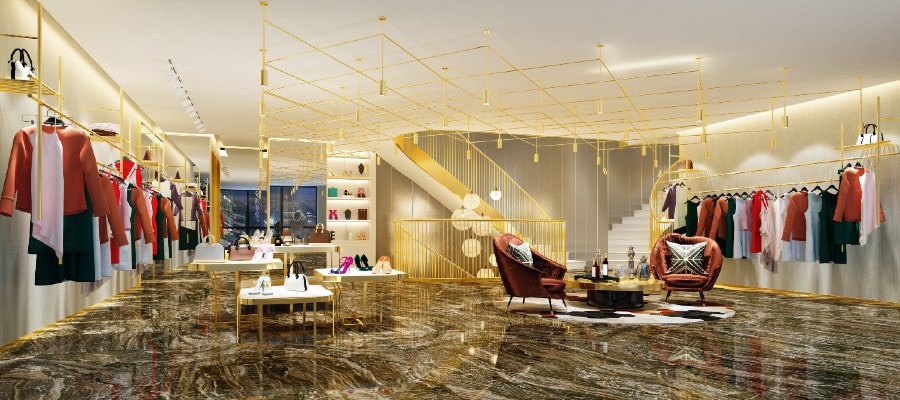Retail & Distribution
Reinventing Store Experiences For The 21St Century Customer
27 juni 2019

It’s not enough to simply throw the latest hot tech trend into the store, however. To resonate with the customer, a reinvented store experience must be relevant based on expert knowledge of what consumers want. Retailers are getting there by leveraging advancements in analytics to understand customer journeys, then putting their creativity to work to iron out the wrinkles and bring new excitement into the store.
According to RSR, retailer “winners” — those with comparable store/channel sales growth greater than 4.5% — are much more likely than others to:
- Agree that they are more innovative than competitors (59% vs. 21%), and
- Acknowledge that more experimentation will help them improve the shopping experience (61% vs. 36%).
Infusing Technology Into The Brand Experience
Rebecca Minkoff was one of the first brands to show how tech can enhance the in-store experience. With its first locations five years ago, the global women’s fashion brand leveraged touchscreen displays, a connected glass shopping wall, a mobile app and interactive fitting rooms that enabled shoppers to request different sizes and colors without having to get dressed and go back onto the sales floor.
The concept — which now also includes adjustable lighting, AI-fueled assistance with compiling complete outfits via the interactive mirrors, and soon checkout via shoppers’ phones — is all based on understanding the end-to-end shopping experience and removing friction points, Minkoff told CNBC. The retailer can use data about what shoppers try on – and then buy or leave behind – to drive future merchandising decisions.
French apparel and home décor retailer La Redoute is similarly dialed in to leveraging data and technology to deliver elevated shopping experiences. Every employee, no matter what their role, can access the chain’s rich trove of data in order to take action or make a decision. The company offers in-store tablets and visual and voice recognition to make it easier for customers to locate and consider their products.
For Sweaty Betty, it’s all about making the store a part of the customer’s weekly routine. The fitness apparel brand’s London flagship features free fitness classes, a blow bar and a café, as well as VIP services and other fitness and well-being experiences, in order to create a distinctive destination for its target market.
Making It Personal
Clienteling is another way to leverage the best of technology to help stores do what they do best – offer personal, expert attention – and take it to the next level. An overwhelming 88% of shoppers say they are somewhat or extremely likely to buy if helped by a knowledgeable sales associate, according to BRP.
French swimwear brand Vilebrequin has rolled out a suite of solutions to empower store associates. These include endless aisle, which enables associates to share a screen with customers and view the retailer’s complete catalog, and a clienteling solution that gives the associate access to individual customer profiles and the ability to send the text of discussions to colleagues or managers.
Integrating shopper tools with social media also recognizes the important role social plays in generating interest, communicating directly with customers and increasingly, processing transactions. Lego tied the physical and virtual worlds together during London’s Fashion Week with a pop-up store that contained only a single pedestal with a QR code on top. Visitors scanned the code with their Snapchat app to access an augmented reality (AR) fashion boutique and interact with a Lego-constructed DJ booth, arcade machines and bouncer, and the chance to buy an exclusive line of apparel. Zara is also dabbling in AR, offering visitors the chance to view mannequins or window displays in 120 stores worldwide during a two-week period and buy the looks instantly via the Zara app.
Retailers are also increasing their ability to personalize their relationships with individual customers across platforms, personalizing marketing messages using a customer’s preferred channels and then carrying that experience inside the store. Advanced personalization investments such as WiFi, cameras and beacons identify a customer as he or she enters the store. Then, by blending existing data like purchase and search history with data about in-store behaviors and factors such as weather, retailers can further tailor both messaging and associate interactions to meet not just that customer’s general preferences, but also the immediate need that prompted the store visit, thereby significantly boosting satisfaction.
Omnichannel Drives Experiences
Delivering experiences that engage customers and keep them coming back requires careful orchestration of digital and physical experiences. A shared, centralized platform that tightly integrates stores with rest of the retail enterprise — including a single, 360-degree view of the customer — is key to making personalized, real-time omnichannel customer experiences a reality. In next-gen retail, the winners will be those that can leverage all the data and tools at their disposal to understand, serve and delight customers with personalized service and memorable, engaging experiences.


